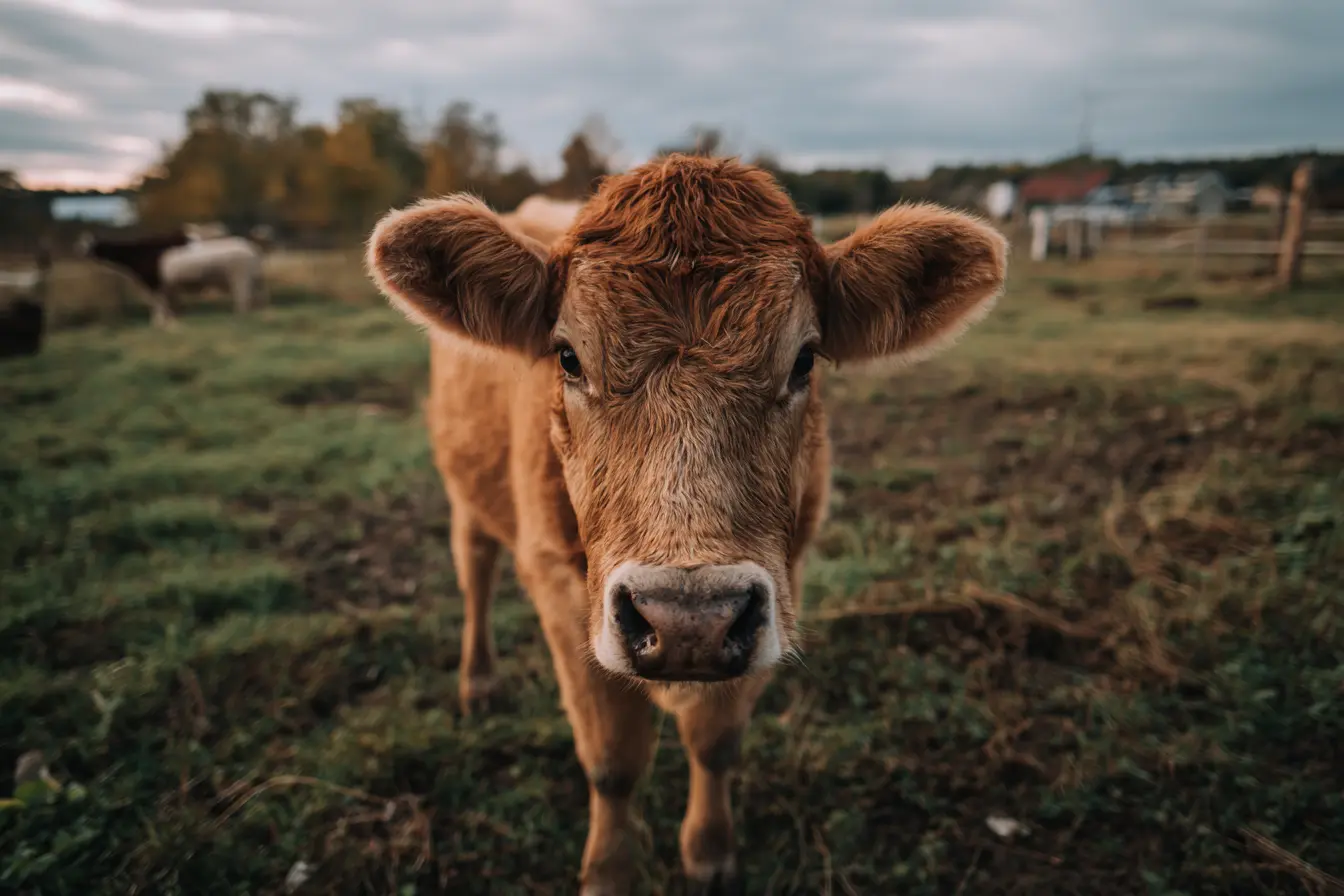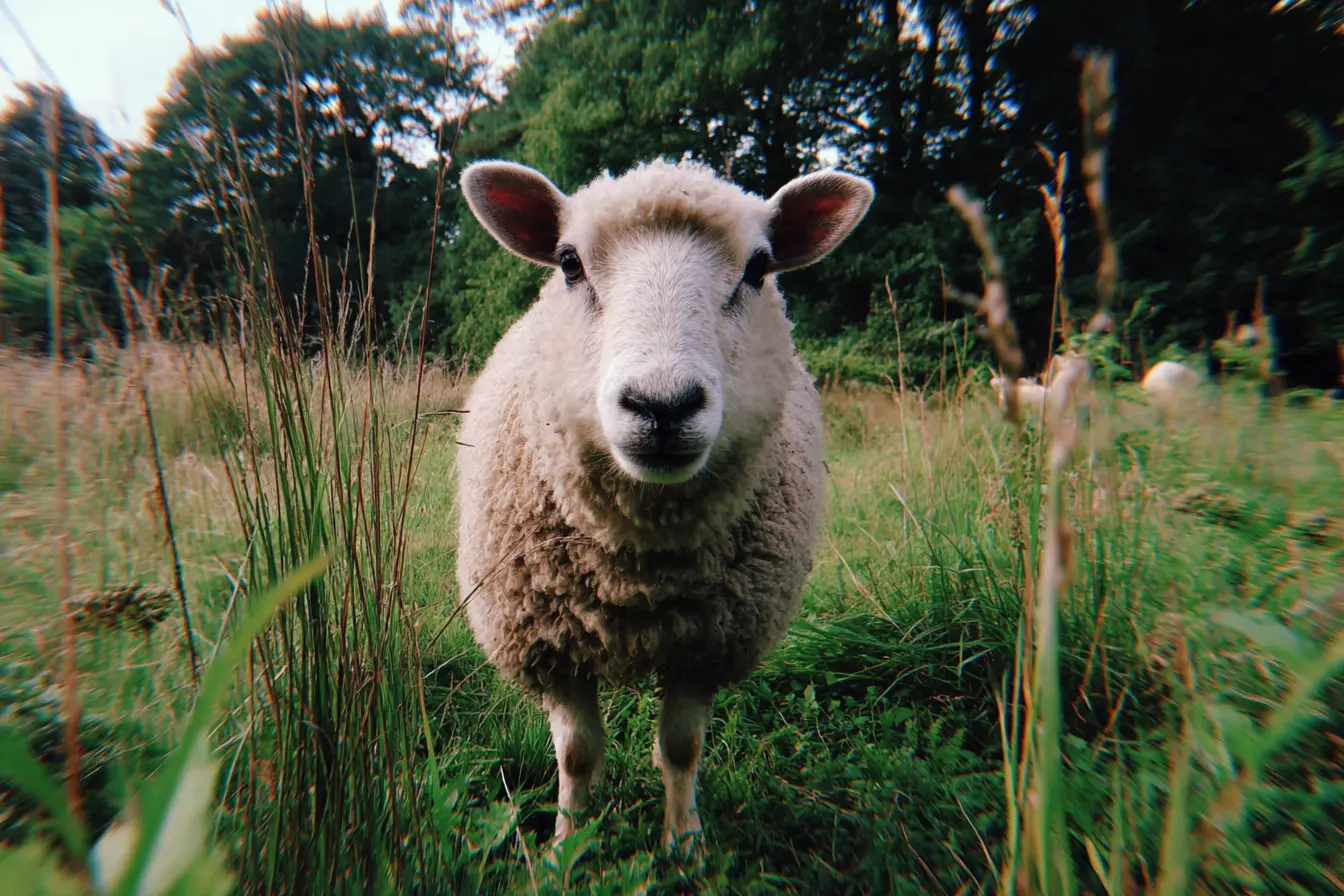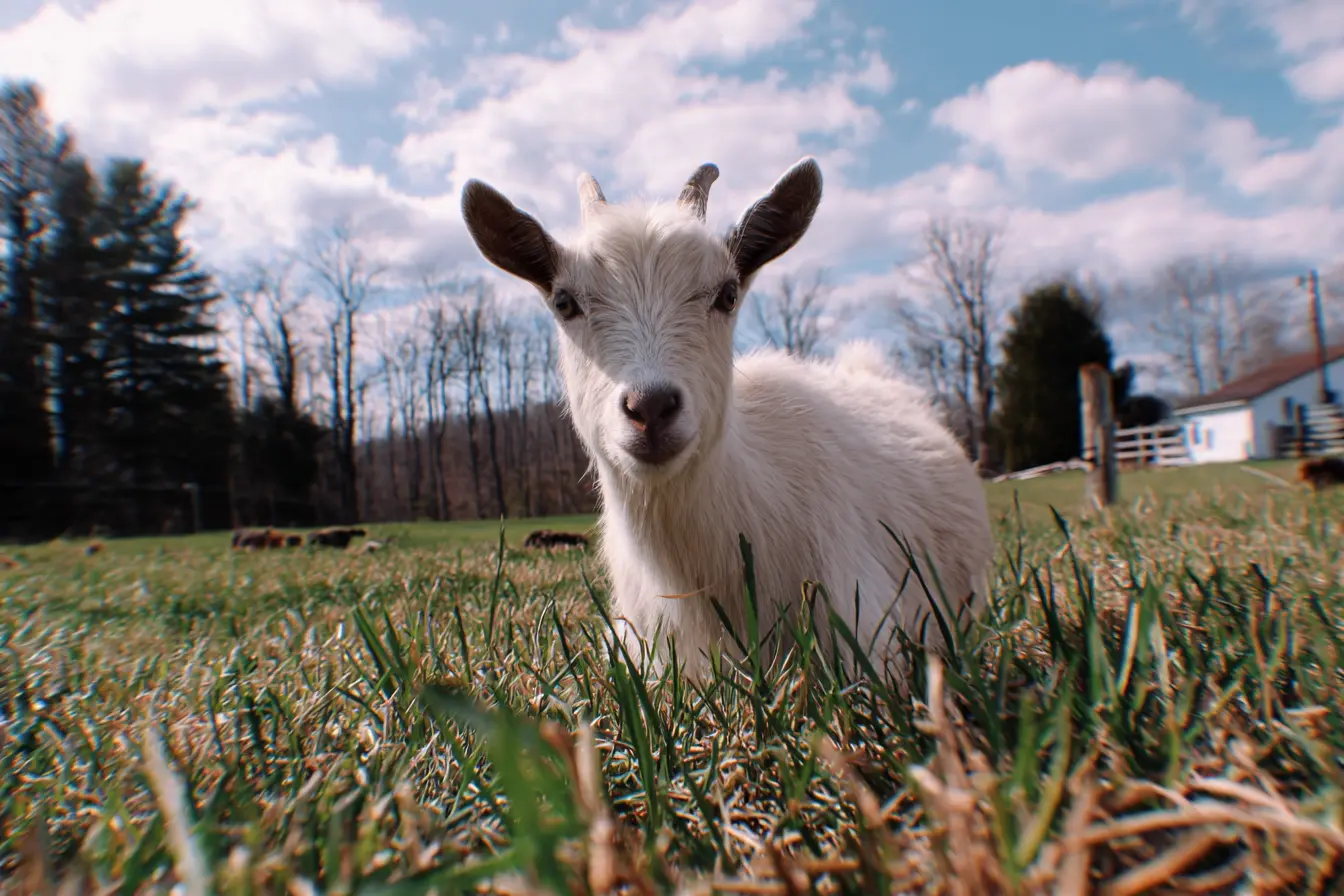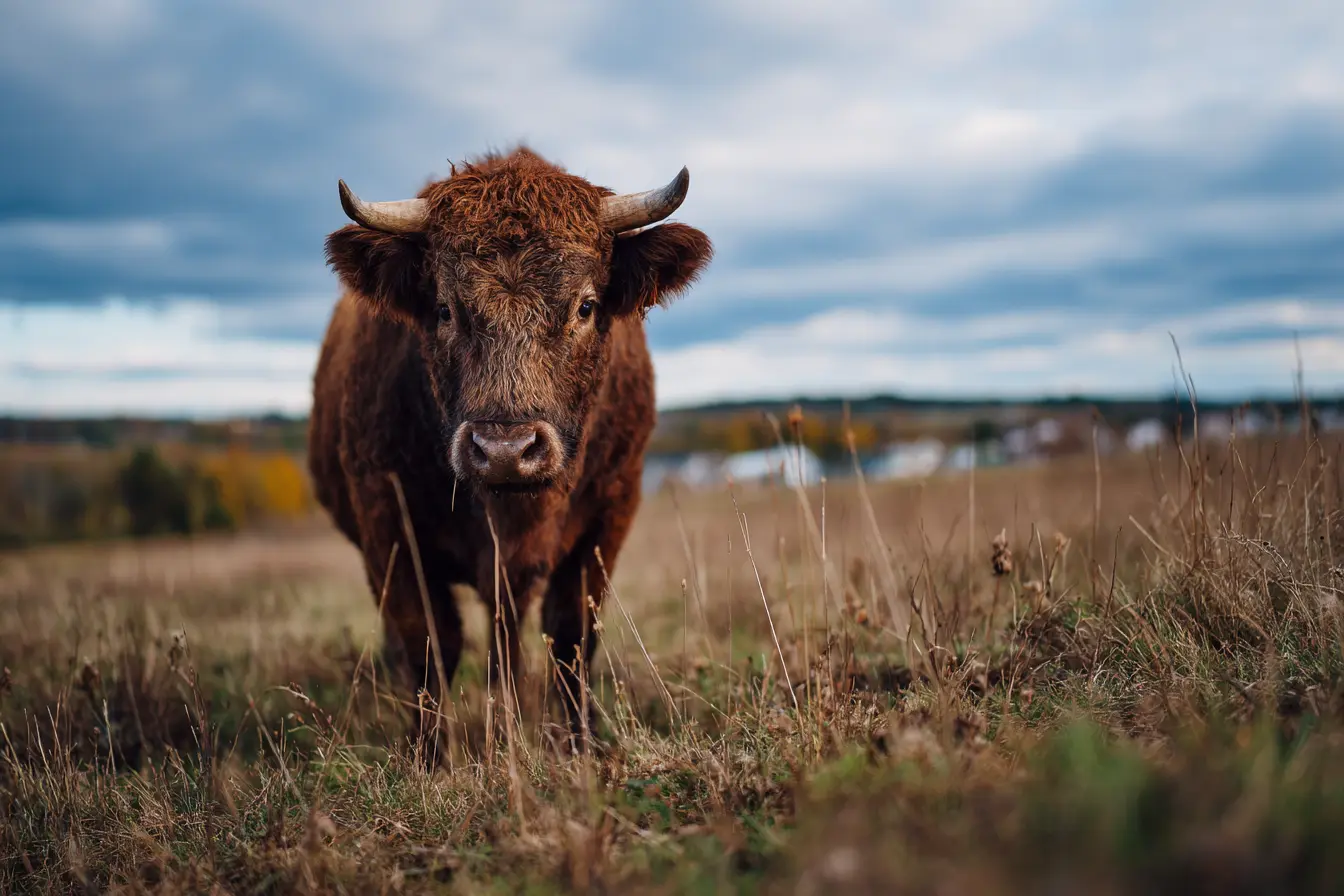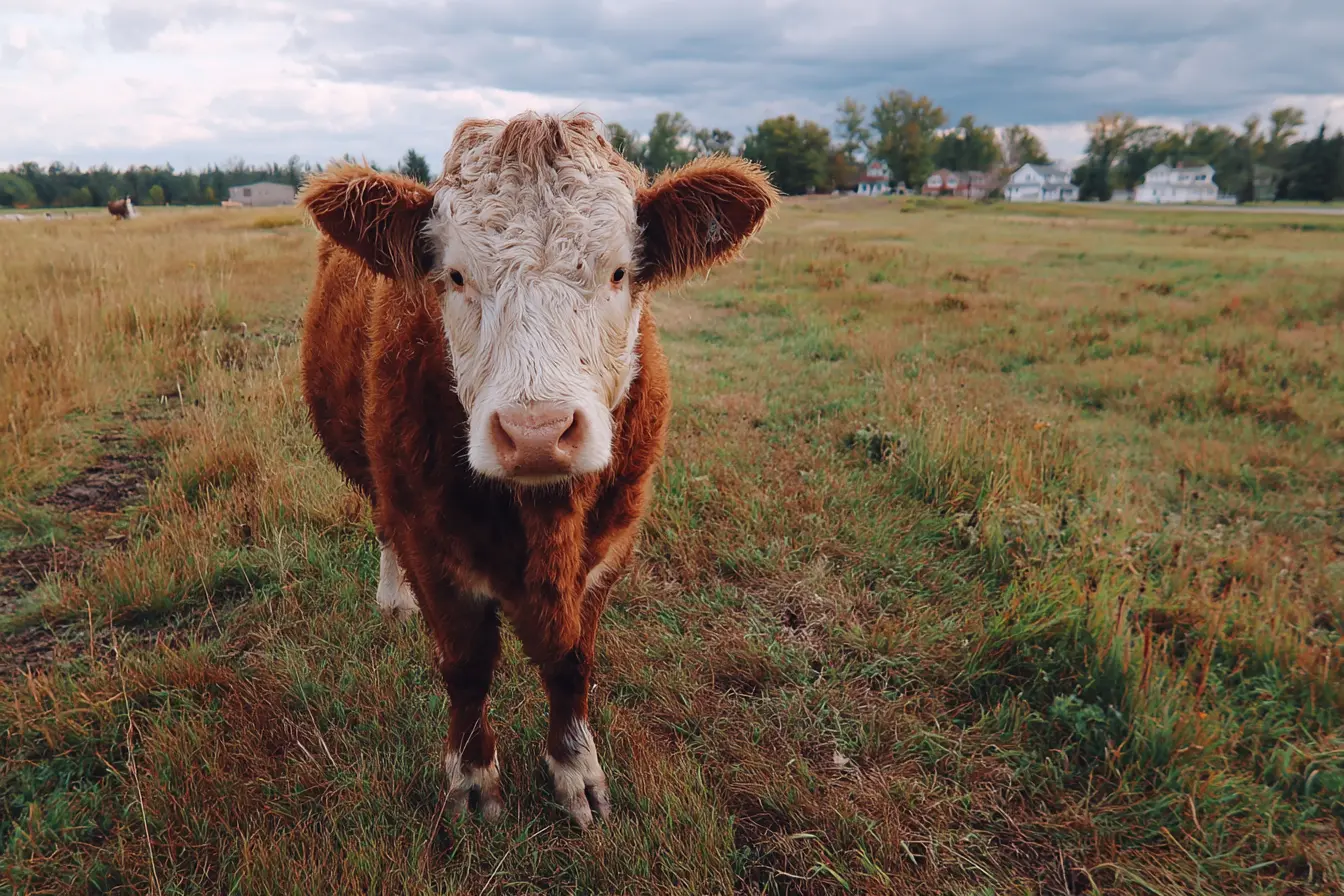
A Complete Guide to Black Disease in Cattle
Black disease is a highly fatal clostridial condition that affects cattle as well as sheep. It is caused by Clostridium novyi type B, a bacterium that is normally present in the environment and within the intestines of healthy animals. The disease is most often linked with liver damage, particularly from liver fluke infestations, which create the conditions for bacterial spores to activate.
Although less common in cattle than in sheep, black disease poses a serious welfare and economic risk when outbreaks occur. This guide explores everything you need to know about black disease in cattle, including causes, symptoms, diagnosis, treatment, and prevention.
What is Black Disease?
Black disease, also known as infectious necrotic hepatitis, arises when Clostridium novyi spores are ingested and settle in the liver. Normally dormant, these spores become active when liver damage occurs – most commonly from migrating immature liver flukes (Fasciola hepatica).
Once activated, the bacteria multiply and release toxins that:
- Destroy liver tissue.
- Cause rapid toxaemia (blood poisoning).
- Lead to sudden death, often without prior clinical signs.
The name “black disease” comes from the dark discolouration of the skin seen in dead animals, due to widespread tissue damage and lack of oxygen in the blood.
Causes and Risk Factors
Black disease in cattle is closely linked to:
- Liver fluke infestations: the most important risk factor. Fluke migration through the liver provides the anaerobic conditions needed for clostridial spores to multiply.
- Grazing on wet, marshy ground: ideal habitats for the mud snail (Galba truncatula), the intermediate host of liver fluke.
- Unvaccinated cattle: animals without protection are highly vulnerable.
- Environmental contamination: spores are widespread in soil and survive for years.
Outbreaks typically occur in autumn and winter, when liver fluke burdens peak.
Symptoms of Black Disease
Most cases of black disease result in sudden death with no warning. However, when observed, clinical signs may include:
- Rapid depression and weakness.
- Loss of appetite.
- Abdominal pain.
- Jaundice (yellowing of the eyes and skin).
- Difficulty breathing.
Because the disease develops very quickly, cattle often die within 24–48 hours of the first signs.
Post-mortem findings typically show:
- Large necrotic (dead) areas within the liver.
- Evidence of liver fluke damage.
- Darkened, congested skin tissues (giving the disease its name).
Diagnosis
Diagnosis of black disease is usually made post-mortem.
- History: sudden deaths in cattle grazing fluke-prone pastures.
- Post-mortem findings: liver damage with fluke tracks and necrotic lesions.
- Laboratory confirmation: identification of Clostridium novyi from liver tissue or detection of its toxins.
Treatment
Treatment is rarely successful due to the rapid progression of the disease.
- High doses of penicillin may be attempted in very early cases, but most animals die before treatment can be given.
- Supportive therapy (fluids and pain relief) is rarely practical given the speed of onset.
Because treatment is ineffective, prevention is the only reliable strategy.
Prevention
Vaccination
- The most effective method of prevention.
- Multi-valent clostridial vaccines (e.g. 5-in-1, 8-in-1) include protection against black disease.
- Typical UK vaccination programme:
- Calves: first dose from 2–3 months of age, followed by a second dose 4–6 weeks later.
- Annual boosters for all cattle.
- Breeding cows: booster before calving to ensure protection for both cow and calf.
Liver Fluke Control
- Essential for reducing the risk of black disease.
- Strategies include:
- Strategic use of flukicides (timed treatments to reduce fluke burdens).
- Fencing off wet or marshy areas where mud snails live.
- Rotating grazing to avoid high-risk fields during peak fluke seasons.
- Monitoring fluke burdens with faecal egg counts and abattoir feedback.
General Management
- Maintain good pasture drainage where possible.
- Dispose of carcasses promptly to reduce environmental contamination.
- Keep vaccination and parasite control records up to date.
Economic and Welfare Impact
- Welfare: Black disease causes sudden, severe illness and death, making it a major welfare concern.
- Economic: Loss of valuable cattle, reduced productivity, veterinary costs, and carcass disposal expenses.
- Prevention vs cost: Vaccination and liver fluke control are inexpensive compared to the financial impact of an outbreak.
When to Seek Veterinary Help
Contact a vet if:
- You experience sudden, unexplained deaths in your herd.
- You farm in fluke-prone areas and want advice on vaccination or parasite control.
- You need guidance on liver fluke monitoring or treatment strategies.
Conclusion
Black disease in cattle is a fast-acting, fatal clostridial condition caused by Clostridium novyi type B. Strongly associated with liver fluke infestations, it results in sudden deaths and significant economic losses.
Because treatment is rarely effective, prevention through vaccination and strict liver fluke control is essential. For UK farmers, combining a robust clostridial vaccination programme with strategic fluke management provides the best protection against this devastating disease, safeguarding both herd welfare and farm profitability.
Vets near you
Speciality vets
- Aquatics vet specialists
- Birds vet specialists
- Camelids vet specialists
- Cats vet specialists
- Cattle vet specialists
- Deer vet specialists
- Dogs vet specialists
- Equines vet specialists
- Exotic vet specialists
- Goats vet specialists
- Pigs vet specialists
- Poultry vet specialists
- Sheep vet specialists
- Small Mammals vet specialists
- Wild vet specialists
